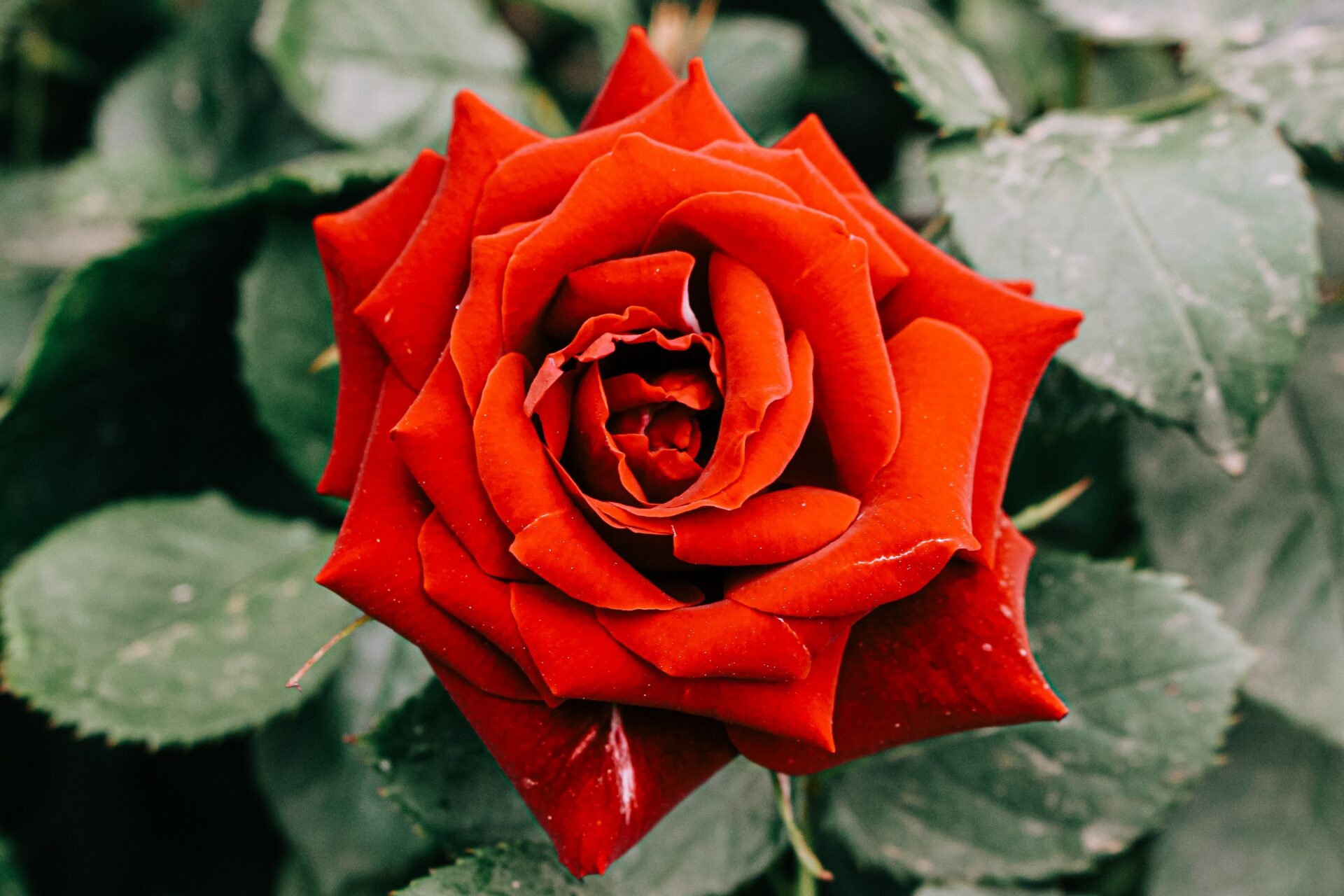Botanical Description:
Scientific Name: Hydrastis canadensis
Common Names: Goldenseal, Orange-root, Yellow Puccoon
Description:
Goldenseal is a perennial herb native to the eastern United States and Canada. It belongs to the Ranunculaceae family and is characterized by a thick, yellowish rootstock and a single stem bearing a solitary, palmately lobed leaf. The plant produces small, greenish-white flowers and inedible red berries. The medicinal part of goldenseal is the rhizome and roots, which contain the bioactive compounds responsible for its therapeutic properties.
Disclaimer:
This Materia Medica is provided for informational purposes only and should not replace professional medical advice. Please consult with a qualified healthcare practitioner or herbalist before using any herbal remedies.
Therapeutic Actions:
- Antimicrobial:
- Goldenseal is known for its antimicrobial properties, particularly against bacteria.
- Anti-Inflammatory:
- Exhibits anti-inflammatory effects, potentially beneficial for various inflammatory conditions.
- Immune Support:
- Traditionally used to support the immune system, especially during times of illness.
- Digestive Health:
- May aid in promoting digestive health and addressing issues such as indigestion.
Constituents:
- Berberine:
- The primary alkaloid in goldenseal, known for its antimicrobial and immune-modulating effects.
- Hydrastine and Canadine:
- Additional alkaloids contributing to the plant’s medicinal properties.
- Beta-Carotene:
- Offers antioxidant effects, contributing to overall health benefits.
Traditional Uses:
- Infections and Colds:
- Goldenseal has been traditionally used to address infections, colds, and respiratory issues.
- Digestive Issues:
- Utilized for promoting digestive health and addressing symptoms like indigestion.
- Topical Applications:
- In herbal salves or washes for skin issues, wounds, or eye irritations.
- Gastrointestinal Health:
- Some traditional uses involve supporting gastrointestinal health and addressing diarrhea.
Dosage and Preparation:
- Goldenseal Tincture:
- Tinctures are commonly prepared using alcohol or glycerin. Dosage may range from 30-60 drops, up to three times a day.
- Infusion or Decoction:
- Infusions or decoctions made from dried goldenseal root. Dosage may vary, and it’s essential to follow recommended guidelines.
- Topical Applications:
- Herbal salves, washes, or compresses for skin conditions and wound healing.
Cautions and Considerations:
- Pregnancy and Breastfeeding:
- Due to its potential uterine-stimulating effects, caution is advised during pregnancy. Consultation with a healthcare professional is recommended.
- Blood Pressure:
- Berberine in goldenseal may affect blood pressure, and caution is advised for individuals with hypertension.
- Duration of Use:
- Prolonged use of goldenseal is not recommended. Short-term use under the guidance of a healthcare professional is preferred.
Conclusion:
Goldenseal, with its distinctive yellow root and historical significance, offers a range of potential health benefits. From antimicrobial and anti-inflammatory properties to immune support and digestive health, the plant’s bioactive compounds, especially berberine, play a crucial role. Whether used internally as a tincture or infusion or topically in herbal applications, goldenseal remains a valuable herbal ally. However, caution is necessary, especially during pregnancy and for individuals with specific health conditions. This Exhaustive Materia Medica aims to provide comprehensive insights into goldenseal’s botanical description, therapeutic actions, constituents, traditional uses, dosage, precautions, and applications. For personalized guidance, consultation with healthcare professionals or herbalists is recommended, ensuring safe and effective utilization of goldenseal as a herbal remedy.





